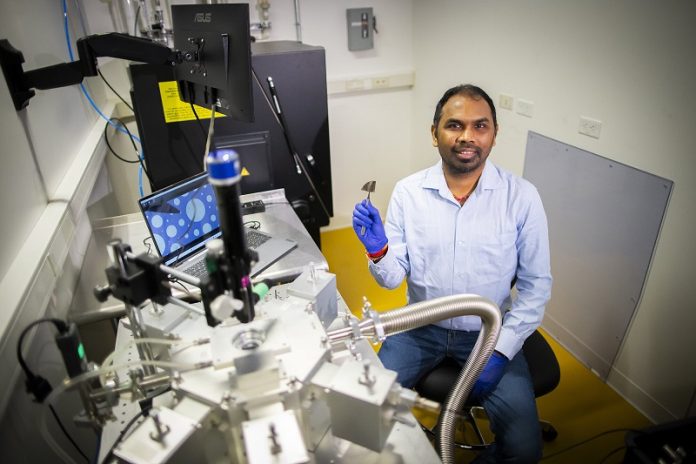
Do you ever notice your phone acting up when it’s hot outside?
Well, imagine if your gadgets could handle not just a sunny day at the beach, but also the scorching heat of a jet engine or even the brutal conditions on Venus!
Sounds like science fiction, right?
But researchers at the University of Pennsylvania have made a remarkable breakthrough in memory technology that could make this a reality.
In a recent study published in the journal Nature Electronics, scientists Deep Jariwala and Roy Olsson, along with their teams, revealed a new type of memory that can survive temperatures as high as 600°C—more than twice what any commercial memory drives can handle. And get this: it stayed stable for over 60 hours!
That’s like enduring a blazing inferno without breaking a sweat.
So, what’s the big deal? Well, when things get hot, the electrons that store data start to get jittery and can escape, causing devices to fail.
But this new memory, made from a special material called ferroelectric aluminum scandium nitride (AlScN), is like a superhero in the face of heat. It doesn’t just survive extreme temperatures; it thrives in them.
You see, AlScN has this amazing ability to hold onto data even when it’s not getting any power. It’s like having a super reliable memory that never forgets, even when things get really hot.
Plus, it’s super tough, thanks to its strong atomic bonds. It’s like having a memory made of steel!
But wait, there’s more! This memory isn’t just tough; it’s also really fast. It can switch between storing and reading data in a flash, which is crucial for keeping up with today’s fast-paced world.
And it’s not just for your smartphone—it could revolutionize everything from deep-sea exploration to space travel.
The secret sauce behind this memory’s superpowers lies in its structure. It’s made up of layers of metal and insulators, with a thin layer of AlScN in the middle. And here’s the kicker: the thickness of that layer is just right, like Goldilocks’ porridge.
Too thin, and it falls apart; too thick, and it doesn’t work properly. But this memory? It’s just right.
And get this: it’s not just for extreme environments. This memory could also make our computers smarter. You see, right now, there’s a gap between where we store data and where we process it, which slows things down, especially for tasks like artificial intelligence.
But with this new memory, we could bring storage and processing closer together, making our computers faster and more efficient. It’s like giving our devices a turbo boost!
So, next time you’re out in the sun and your phone starts acting up, just remember: the future of memory technology is looking brighter—and hotter—than ever before. Thanks to these incredible scientists, we might soon have gadgets that can handle anything the world—or even the universe—throws at them.
Source: University of Pennsylvania.



